|
Sept/Oct 2020 edition Issue #12 AutoMobilia Resource Magazine Tony Clark The “OKT42” teapots were made by James Sadler and Sons Company and take their name from the license plates which in most cases have the British registration mark OKT42; being a humorous abbreviation to fit the teapot. They were sold as novelty items for use making tea or just a display item. In fact, they are not particularly good as a teapot because using boiling water inside causes crazing of the glaze surface. They were sold all over the world including the USA/Canada, Australia, and New Zealand. So, what is my story about collecting these interesting pots? Simply, in the late 1980s I was buying automobilia for Bob Auten in the USA and included in the brief was searching out OKT42 teapots for his collection. In those days these teapots regularly appeared in auctions and as people did not know very much about them, it was possible to find the rarer colorways. I found the Art Deco shape and colors very attractive so I decided to collect a representative selection of the cheaper examples. A fateful decision! My collection initially grew at a good pace, but once past the millennium it slowed as I was not finding new material. By 2010 I was thinking about creating a website, but realized to make it comprehensive, I would have to include the copies, forgeries, and modern look-a-likes. To that point in time I had only collected the genuine Sadler teapots produced up to 1952. This led to a new phase of buying the later productions. My collecting was finally concluded by an auction of about 50 reproduction OKT42 teapots produced from the same Sadler buck, (wooden car shape used to make the molds), as the original production. What I did not initially realize was this was one man’s accumulation. He had commissioned them as one-offs, most were unique! By the time I received these teapots, I had OKT42s all around the house! The completion of my informational website OKT42.info in 2017 was the end of my collecting OKT42s. Then came the selling phase of my collection… By a combination of private sales, auctions, and eBay, I soon disposed of the better items. There were many collectors who followed my website valuations for the scarce items, but the real surprise was the prices attainted for the later production one-offs. So, where does the Sadler OKT42 story begin? Sadler’s was an old-fashioned potteries firm founded in Burslem in 1882, which became a leading earthenware teapot manufacturer exporting around the world. It continued in family hands until 2000, when it went into receivership and was taken over by Churchill China. The actual start date of the OKT42 art deco teapot is uncertain. I personally think it was 1937, but in a leaflet published in 1999, Neil Sadler says the date was 1935. However, I believe that date was only verbally passed down. The teapots were made by a slip casting process where liquid clay (slip) is poured into a plaster of Paris mold. The liquid is absorbed into the mold and clay accumulates against the face of the plaster. After time, the excess liquid is poured off and the clay dries and shrinks away from the plaster of Paris. The clay shape can then be struck off the mold, and after adding the handle and strainer, and a further period of drying, the assembly can be first fired in a kiln (biscuit ware). I think the first type of teapot was glazed green with black decoration and luster. Besides the unusual license plate BRA 58, the unique feature about this pot is that it has a forerunner of the Registration mark seen on the underside of all normal Sadler teapots. The usual indented mark has the text, MADE IN/ENGLAND/REGISTERED/No.820236, yet the impression on this early pot only has the MADE IN/ENGLAND with Registered No 820236 written in black. So, it was produced before the Registered Number was allocated or the mold altered. This registering of design numbers was a formal process and we know from records that this was completed in 1937. These early teapots also had luster decoration either as a coachline or as fully painted fenders. This is in addition to the luster on the driver’s helmet/goggles plus radiator bars and license plate etc. This luster is described in various texts as chromium or silver. Very few teapots had a gold luster. It is said the gold luster pieces were salesman samples, but I do not think so. I would assume that samples would be produced on very good quality pots, but this is not always the case with the gold luster teapots. It should be said that generally these OKT42 pots were relatively poor quality with glaze runs, inclusions in the glaze, chips prior to firing, and poorly fitting lids. Seemingly there was very little quality control. Another problem for collectors is that the luster, although metal based is fairly soft, and can be rubbed away with repeated polishing. This is particularly true of the top of the driver’s helmet which often has a bald spot. It is very difficult to find an absolutely perfect specimen with good luster and glaze. Also, the lid lip and spout easily chip. Probably as part of the initial prototype trials there were some trios produced of: teapot, milk jug, and sugar basin. These were in cold painted colors of red, black and white with no luster. The idea for the matching milk jug and sugar basin was not carried forward and I only know of two trio sets. About the same time, some cold painted multicolored orange, green, grey, black OKT42s were produced. These are extremely attractive and are very rare. The factory moved on to single colored fired glazes. One could surmise that green, ivory, yellow were the first colors, with pink and blue joining them before 1939. Ivory was the natural color of the clay with a clear glaze. An unusual “nursery” teapot was one produced from children’s transfers and orange glaze decoration covered by clear glaze. The transfers are in the style of the artist Mabel Lucy Attwell, but I do not think they are by her hand. There were at least 6 different large transfers and 8 small transfers so many different combinations can be found. With the advent of WWII in 1939, production of OKT42 teapots was stopped and Sadler produced utilitarian and ceramic items for the war effort. Once production commenced again, probably in 1946, there were very limited supplies of the metals used in the lusters. So, it is likely that plain unicolor teapots in the pre-war colors were produced. Also, some mottled or variegated teapots were made in four principal colors as can be seen in one of the photos. These were just plain without any luster or number on the license plates. It would seem these were made by glazing the pot in one color, then dabbing a sponge with a different color glaze. The actual overall appearance of a mottled pot is very much dependent on the intensity of the dabbing. In 1947, a black under-stamp SADLER/MADE IN ENGLAND appeared, which helps us date the later Sadler production. In fact, one or two mottled teapots with luster glaze and post 1947 hand stamps have been seen. However, they are extremely scarce. Post-war we also start to see new colors being introduced into the range, such as slate blue, sky blue, teal, puce, claret, dark green, black, grey, brown, custard and possibly white. It is amongst these later colorways that the scarcer teapots are found. The advent of the Internet has opened new opportunities for collectors, and it was found that certain colorways were more common overseas than in the UK. It is suspected that consignments of possibly poor selling colors were shipped out for sale abroad. Black and duck egg blue colorways were extremely rare in the UK, yet with the advent of eBay they seemed to appear more frequently in North America. Production of OKT42 teapots ceased at the end of 1952. Sadler production was switched into making ceramic souvenirs for the forthcoming coronation of Queen Elizabeth II. But that was not the end of the Sadler story of OKT42 art deco teapots. In 1999 as an effort to boost their flagging company fortunes, they decided to issue two limited edition teapots. Unfortunately, they did not have the plaster of Paris molds or the wooden buck used to make the molds. Sadler’s had to use an old OKT42 teapot as a buck from which they could make molds. These molds have a small raised date of 1999 on the base, not the usual indented Registered Design mark. Also, due to the shrinkage when the clay blanks are fired, the output is smaller than the original teapots. Initially a dark green with gold luster teapot was issued in an edition of 100. This rapidly sold out, and an electric blue with gold luster in an edition of 1000 was added to the range, but sold very poorly, probably less than 100 were made, making it quite scarce. These two teapot editions did little to arrest the decline of James Sadler and Sons, and the Company went into receivership on March 6, 2000. The Company was bought from the receiver by Churchill China, which included the name and all the stock. Part of the stock was the biscuit ware blanks which were due to be glazed and used for the remaining 1000 electric blue limited-edition teapots. What happened to them is part of the very interesting ongoing story. Sadler’s may have ceased production, but OKT42 teapots live on! Valuations: What are the values of these OKT42 teapots? Here we are talking about the genuine pre-1952 teapots made by Sadler. Values are very much a combination of the color and condition. The very early multicolored cold painted teapots are very scarce and in good condition can realize up to $1,000. The paint on these can easily flake off; though the paint chips can easily be replaced by a skilled restorer. In my experience I only know about two sets of the teapot, milk jug and sugar basin. Being so scarce they’re hard to value, but a set would be worth no less than $4,000. The early pre-war colors of green, ivory, yellow, pink and blue are relatively common. Examples with the full luster on the fenders are more attractive than the coachlined, and blue and pink are the scarcest colors. The pick of these is the pink full luster valued at $200. The transfer covered OKT42 teapots are always a popular collection item and are valued around $400. The post-war mottled teapots are the least attractive items in the range and those without luster are valued only $30 and up, but with luster they are very scarce, rarely seen, and must be worth $250 for a fine example. The post-war colors have a large value range from $40 to several hundred dollars for the scarcer grey and brown examples. The 1999 “Revival” teapots are seldom seen, and sell for equal values even though the electric blue teapot is scarcer than the green example. Value around $300 for examples complete with special box, certificate and display checker flag mat. The valuations quoted are for good examples with no damage, limited crazing and good luster where applicable. However, it should be remembered that these teapots rarely came out of the factory in a perfect state, so a few faults should be expected. Tony Clark Also - A few thoughts on Sadler teapots from Ken Gross, renowned automotive authority, collector, and subscriber! As I am both an auto writer and a tea drinker, these Sadler OKT42 teapots have a great deal of appeal for me. I bought my first one over 30 years ago from Bob Auten, who used to have an automobilia expo at the Hershey swap meet. I told Bob, if he came across them from time to time, to call me. Jacques Vaucher (from l’art et l’automobile) also found a few for me. The tiny teapots are a delightful and whimsical example of art deco pottery. The closer you look, the more you’ll see, like the painted goggles on drivers, the chromed fender trim and that oh-so-cute license tag.
To read more great columns like this one from expert Tony Clark...
|
Automotive TeapotsTony has written many articles on motoring art and profiles of individual artists for various UK magazines and was the Continental Correspondent for the AFAS Bulletin. He has also been a Consultant to a major UK auction house. ArchivesCategories |
Home
|
Subscribe
|
|
Automobilia Resource LLC
1217 Cape Coral Pkwy East #178 Cape Coral, Florida 33904 Main office: 954-579-5280 Subscriptions: 224-558-8955 Editor: 631-258-9887 |
Copyright © 2023 Automobilia Resource LLC. All Rights Reserved

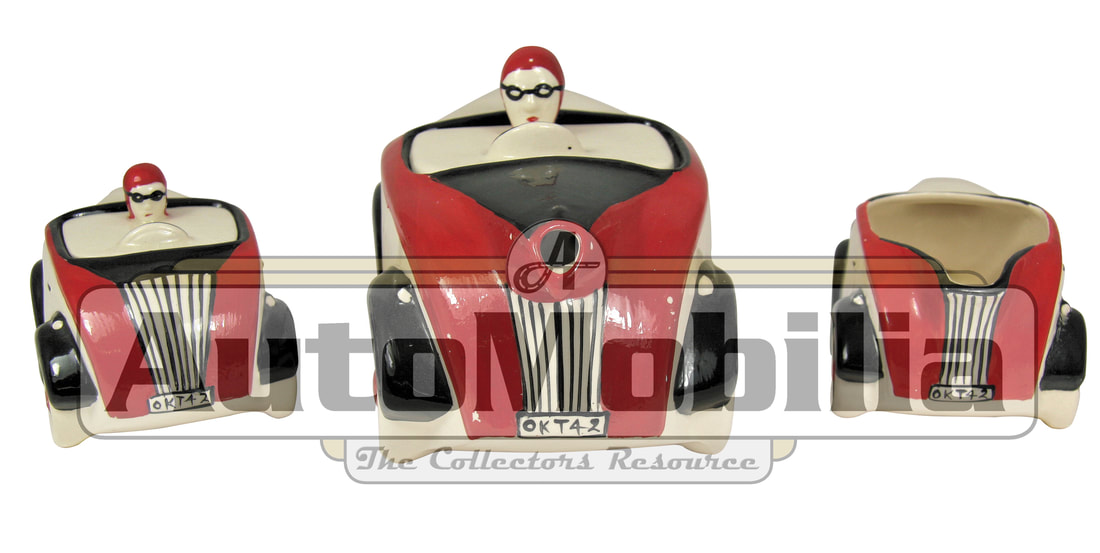
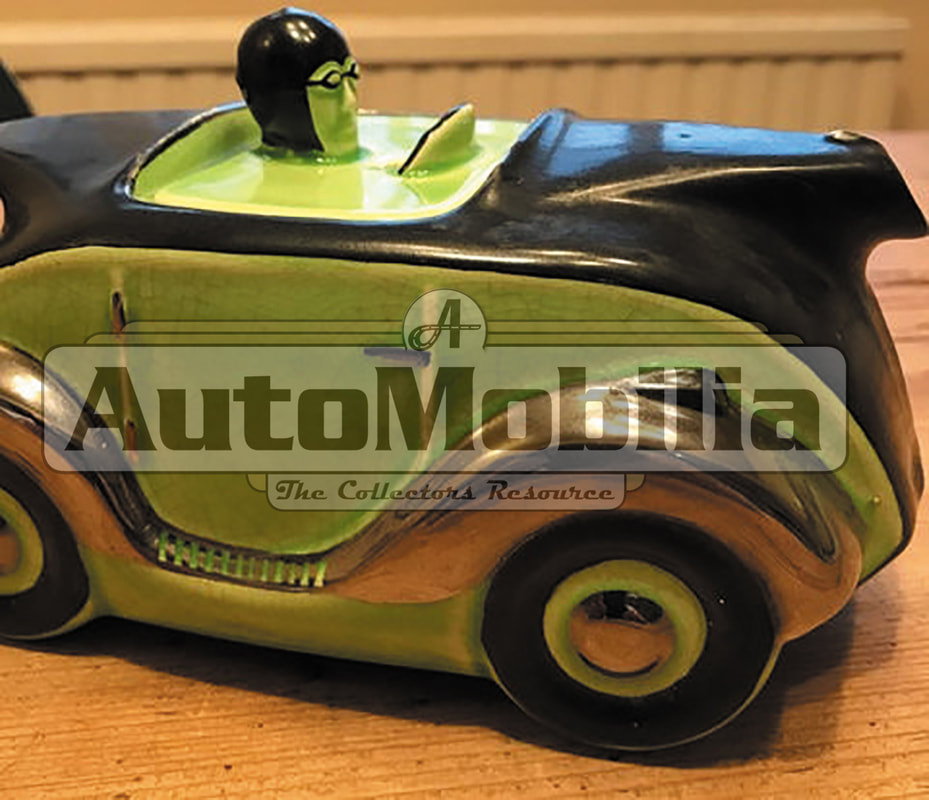


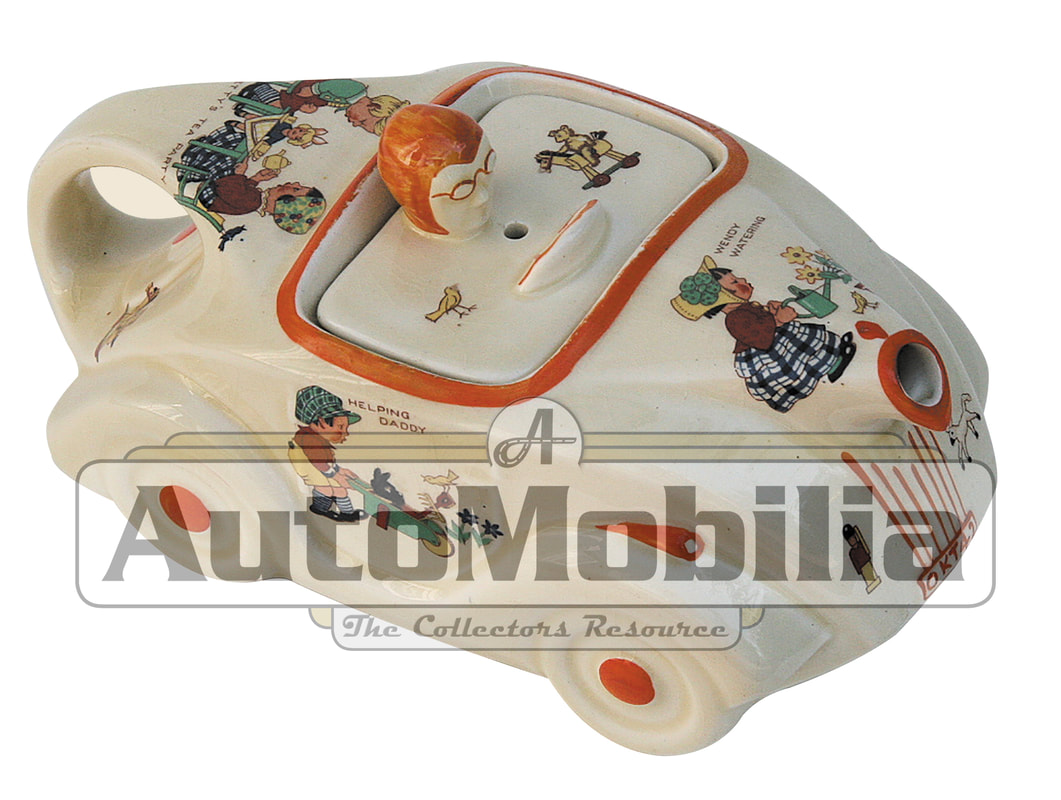
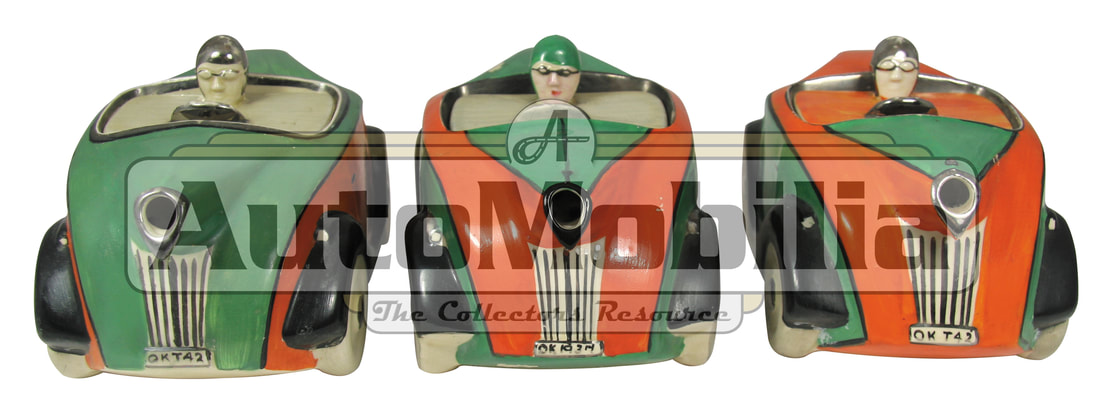
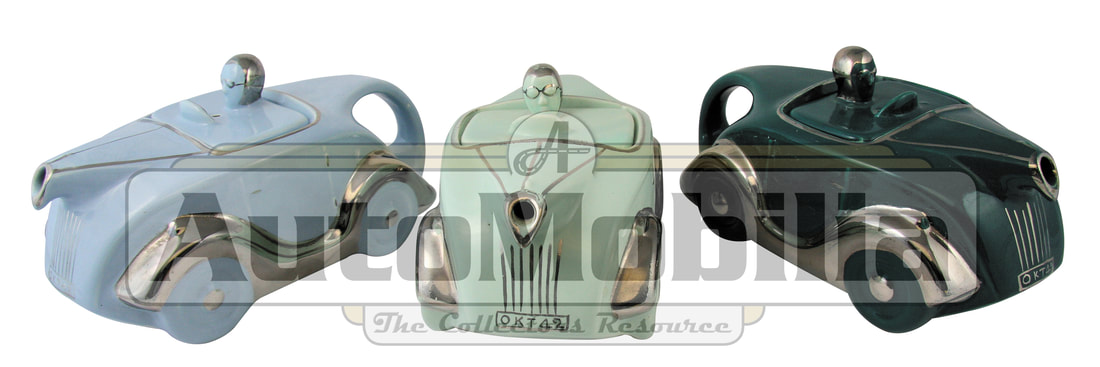
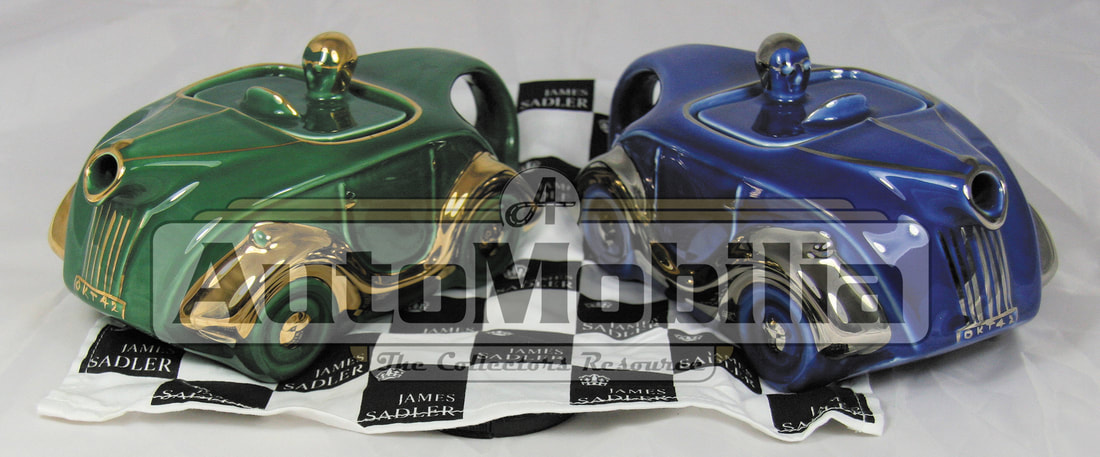
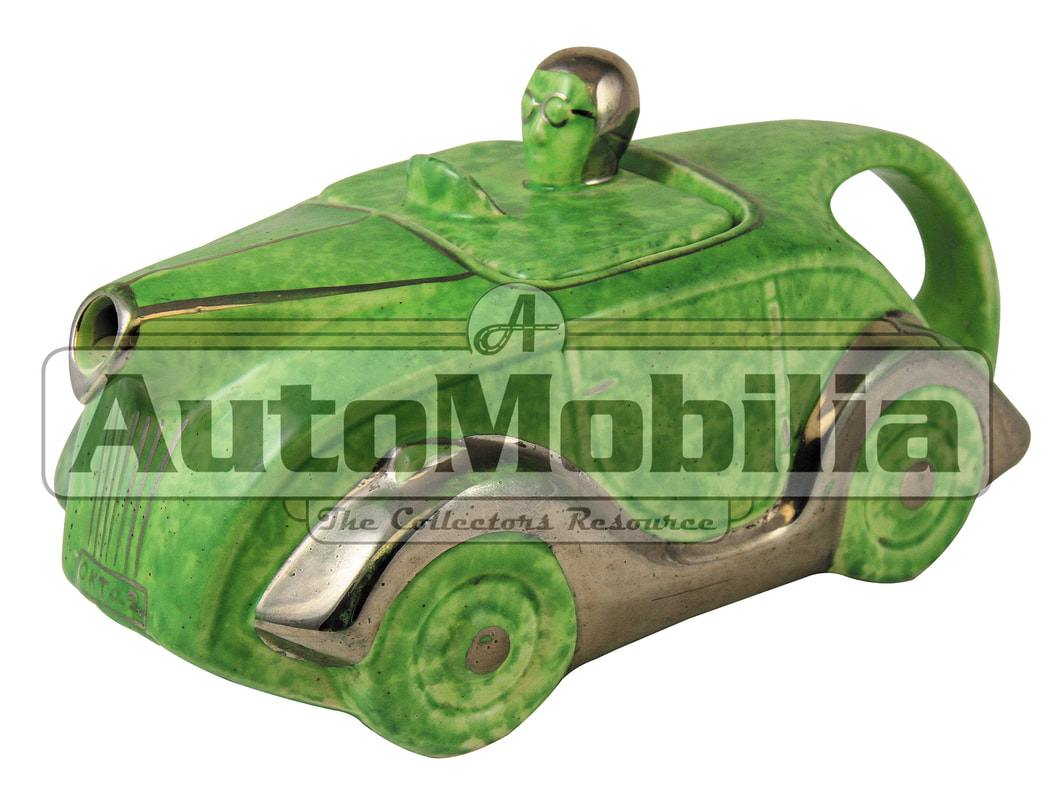
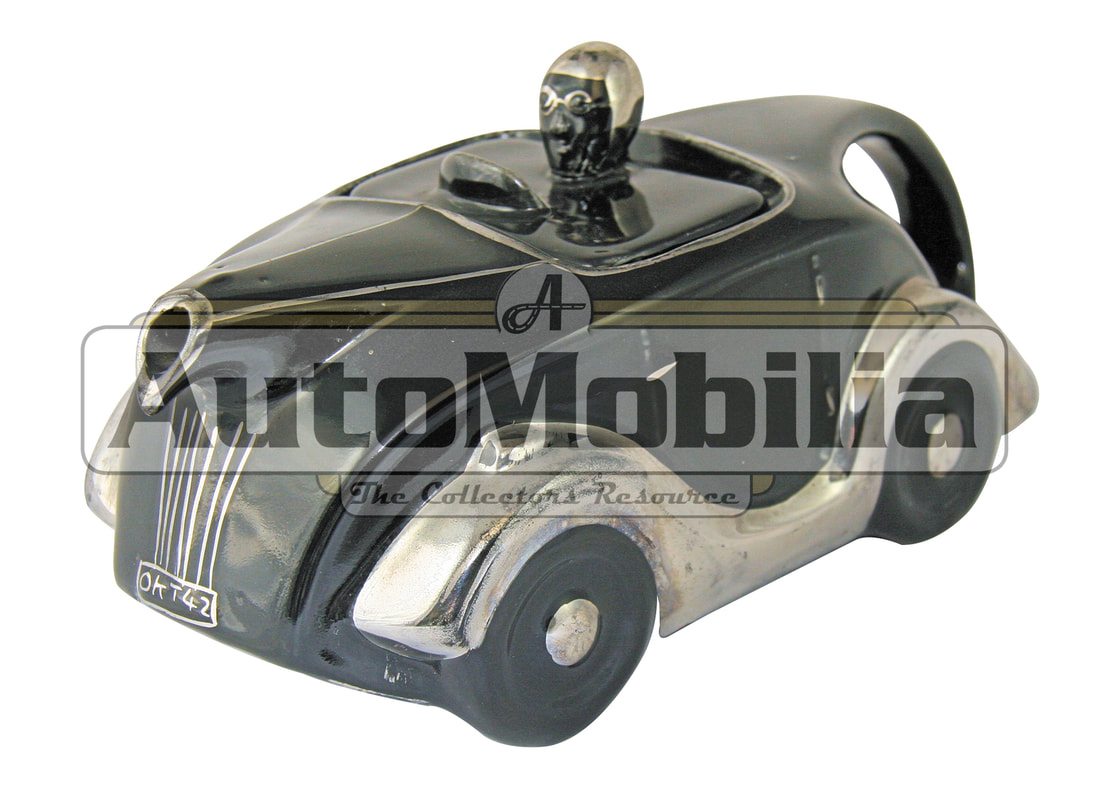
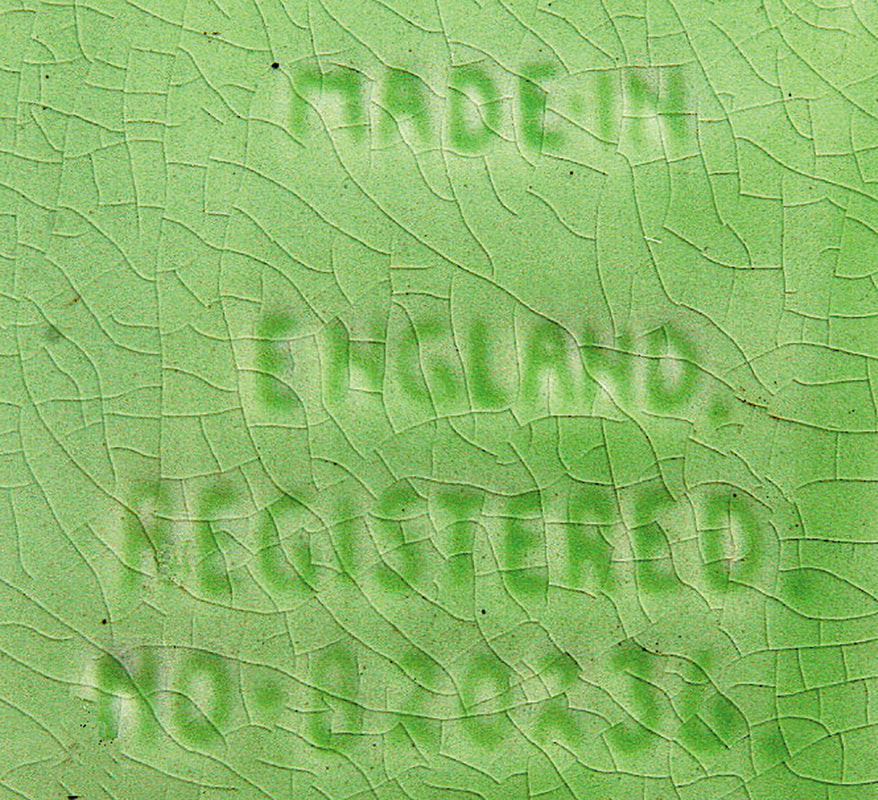

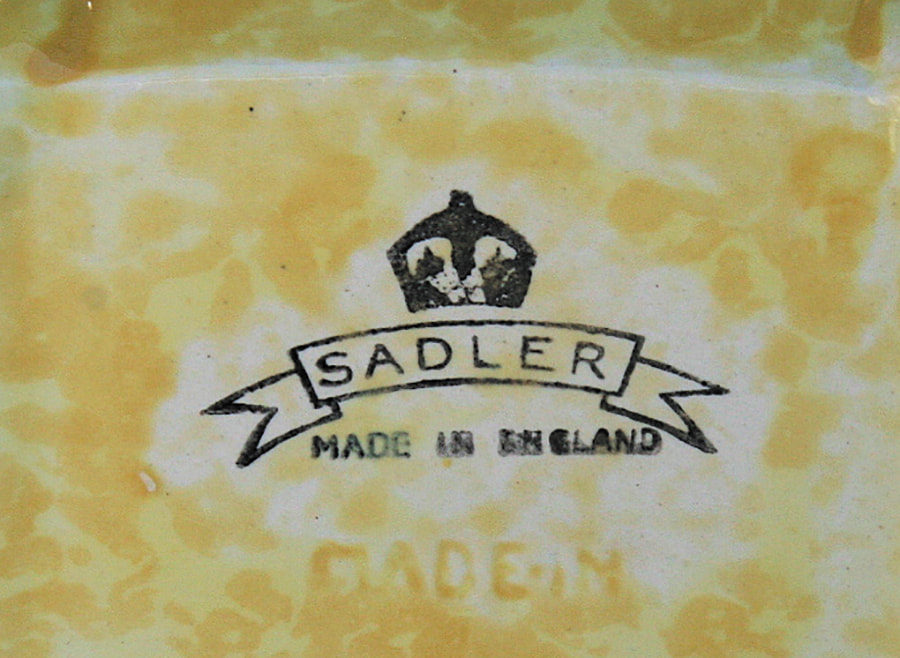
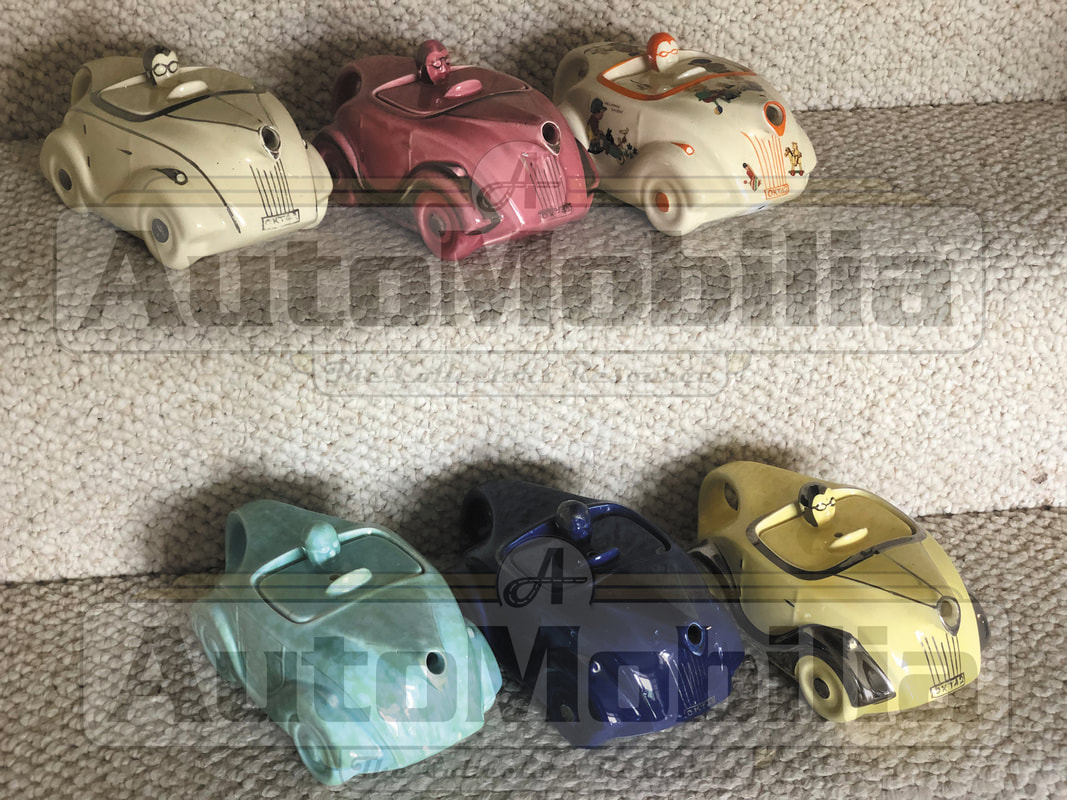
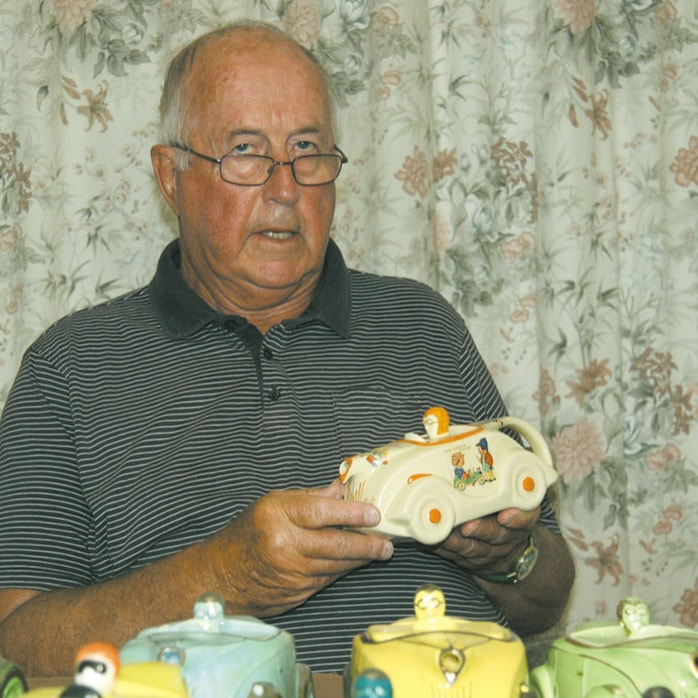
 RSS Feed
RSS Feed